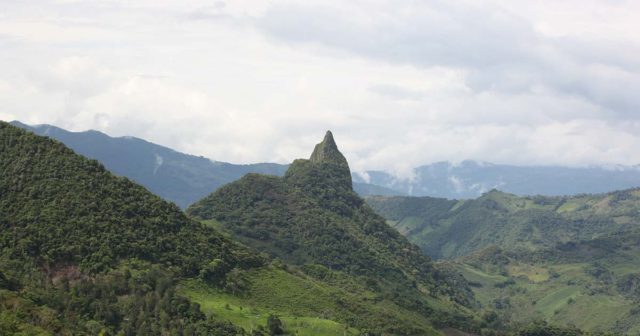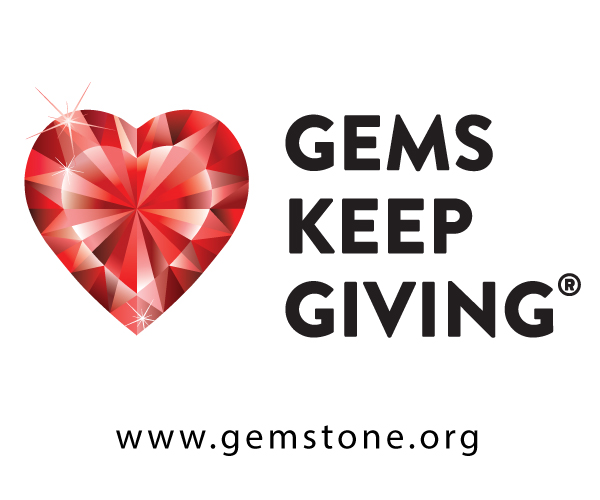Estimated reading time: 6 minutes
For millennia, from antiquity to the present, emeralds have fascinated humankind. The luscious green gem is found in many countries around the world, but emeralds from Colombia occupy an especially prized place in the gem and jewelry world. Even when faced with Covid, the nation’s emerald industry has continued to build customer confidence, improve logistics and increase social investment.
Although only about 20%-25% of the world’s emeralds come from this South American nation, they represent nearly 50% by value because of the 20%-30% premium they command. The deposits are found in two main areas in central Colombia, each created during a different period in geological history. Consequently, gems from each zone exhibit different types of mineralization and slightly different colors.
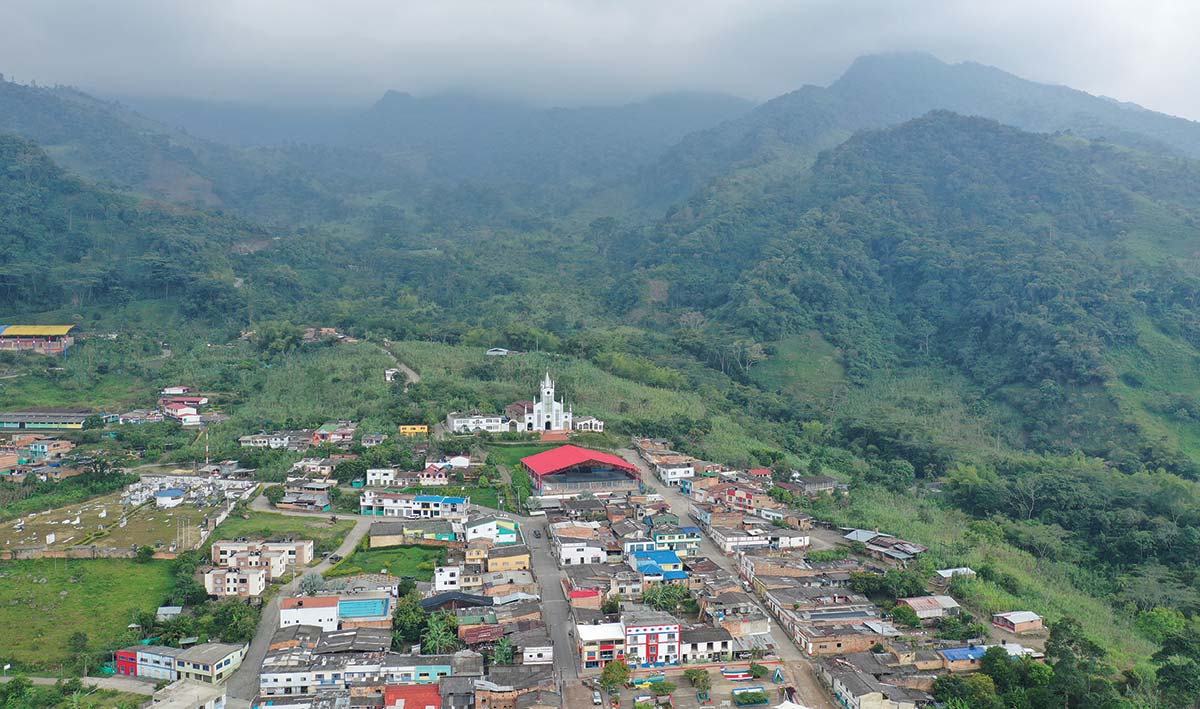
Over the last decade or so, the Colombian government has joined forces with the emerald industry to improve the sector and ensure best practices, including sustainability, transparency and corporate social responsibility (CSR), all while helping meet the
needs of small-scale miners. It also encourages foreign investors who bring state-of-the-art technology and financing for largescale gemstone mining in the region, and who can help improve the daily community life in the mining regions.
Yet no one could have predicted what befell the industry in early 2020. After the Tucson show in February 2020, everything changed—dramatically and swiftly—for our entire emerald community, as it did for the country as a whole. Faced with the worst pandemic of our generation, we were forced to find ways to be resilient and keep businesses alive.
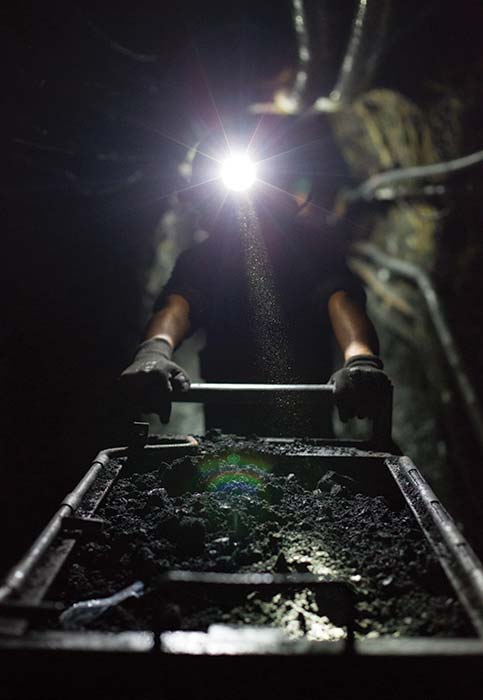
(Photo: The Muzo Companies)
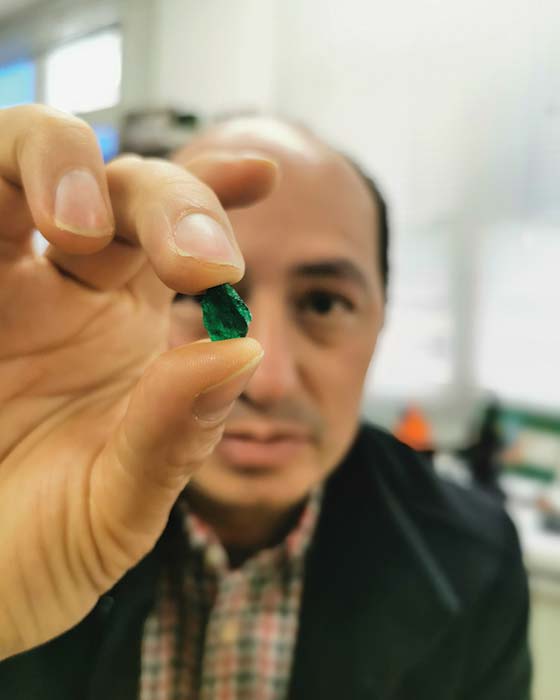
The Colombian government quickly understood that mining industries bring cash to the economy. Thus, from the beginning, it allowed them to work uninterrupted. This was easier said than done, however, as it was almost impossible to open fully because Covid was spreading. As a result, most work continued but at a slow pace from March to July. In 2020, exports of faceted emeralds fell by 69%, while exports of rough gems fell by 54%.
Along with the pandemic’s impact, new challenges arose, mainly for improving logistics, export procedures and digital communications. In terms of logistics, New York became the main hub for Colombian emeralds as we started using more companies working in the transport of high-value goods, such as Ferrari and Malca. We basically sent the stones door-to-door, in escrow.
For communications, the government transformed all export procedures into digital formats, from mining reviews to customs documents. Using Zoom and other digital media, this brought more efficiency to the entire process.

The industry also took measures to protect our people, which meant using 100% of the money of the National Emerald Fund, which is derived from the 1% tax on exports. These funds were used to provide resources to artisanal miners and monies to the local ESE (local health institutions) in each of the 16 localities encompassing the emerald area. With over US$400,000 from the Emerald Fund and over other US$500,000 from the private sector, we provided food, money and health supplies to the people in the mining communities.
In 2021, although we still were very affected by the consequences of the Covid pandemic, we have seen demand for emeralds skyrocket. Sales in the first four months of the year outpaced those for the whole of 2020. We are seeing more and more customers coming every week to Colombia, as things are slowly returning to normal.
The pandemic taught us to build trust, confidence and create better logistics. And, while person-to-person transactions were the mainstream of our business earlier, we can, with the right tools, still conduct business, even if by Zoom.
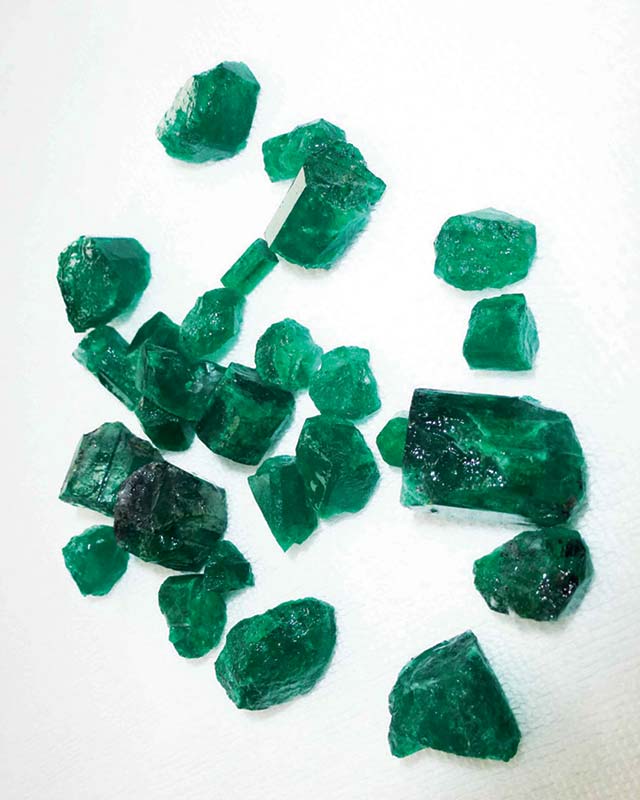
Below is an example of how one of the major mining companies faced the pandemic. According to Gabbi Harvey, Head of Business Development at Muzo. “The Health, Social and Economic Emergency status was declared by the central government in March 2020 and it allowed partial mining operations. Our Puerto Arturo mine never shut down completely, as we went into a ‘care and maintenance’ status with limited staffing. Bio-sanitary stations, including underground, were also put into place with a very strong prevention and education program to avoid Covid-19 contamination. For months into 2020, the mine was free of Covid, but a small and controlled outbreak happened in early 2021. Production was minimal until December 2020, when we slowly increased operations until going back to work in January 2021.”
Harvey goes on to say, “Today, a strong reduction of employees coming in and out of the mine was instituted, and we still require a mandatory Covid-19 test for entry. The Muzo Companies joined the Colombian government’s private vaccination program with around 500 workers getting their vaccine at company expense. Some elder family members of employees also benefited. Today, production numbers have increased both in quantity and quality of emeralds and our staff numbers are again in the thousand range as production gets back to normal.”
So, what has helped us get through this crisis? Resilience! Throughout the entire Colombian emerald industry, we have seen, and continue to see, examples of toughness and resilience in our people, working together to overcome hardship during these very complicated times, to again have Colombian emeralds front and center on the world emerald stage.
(Photos are courtesy of the author unless otherwise indicated.)



